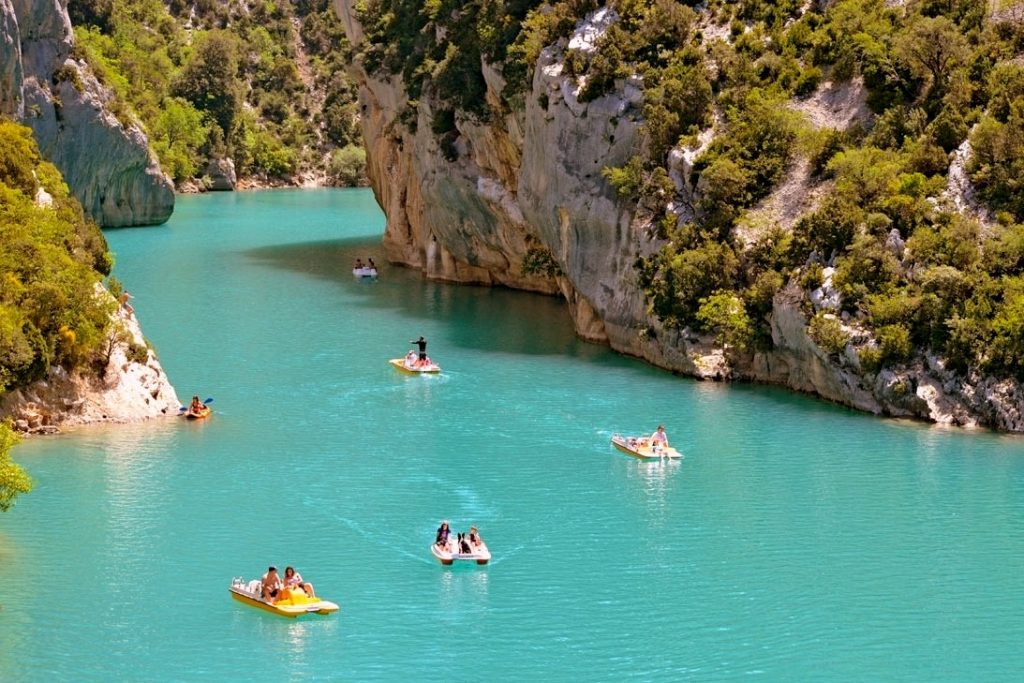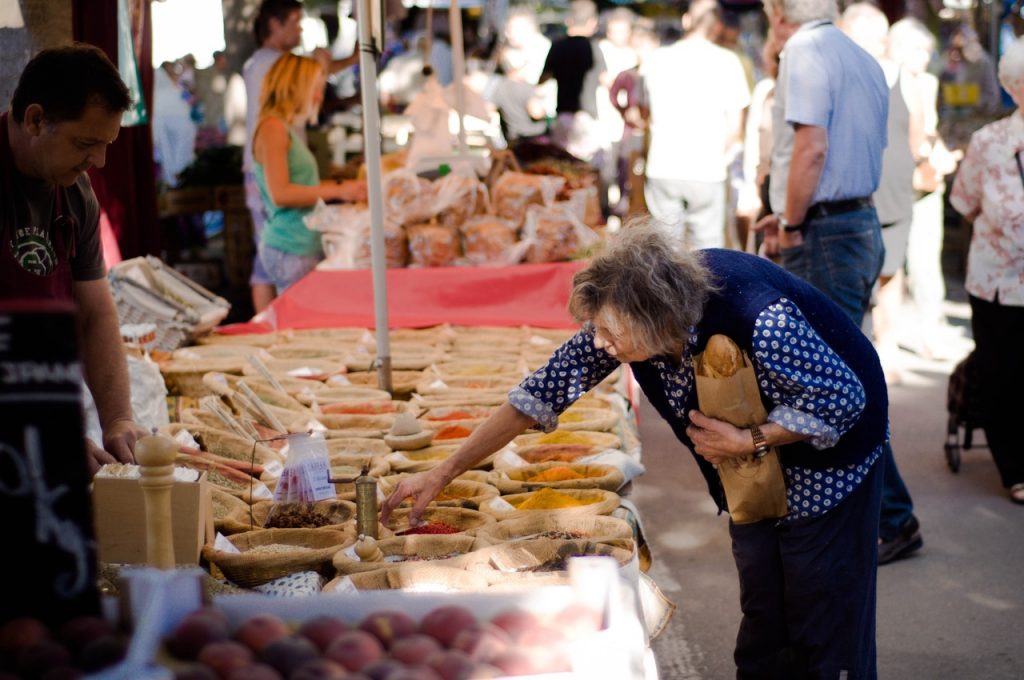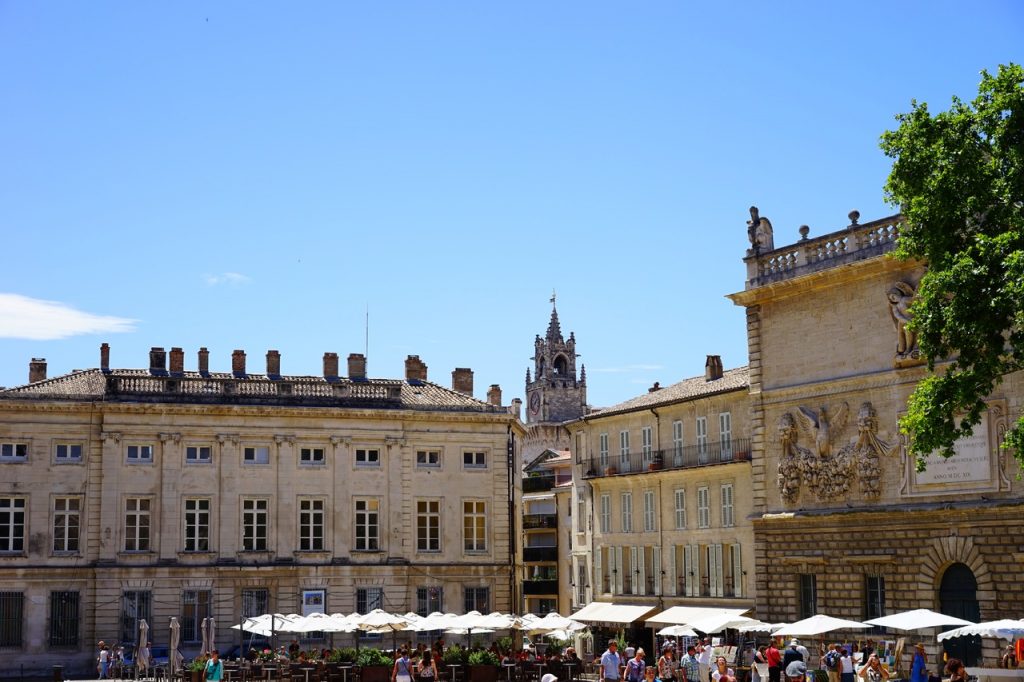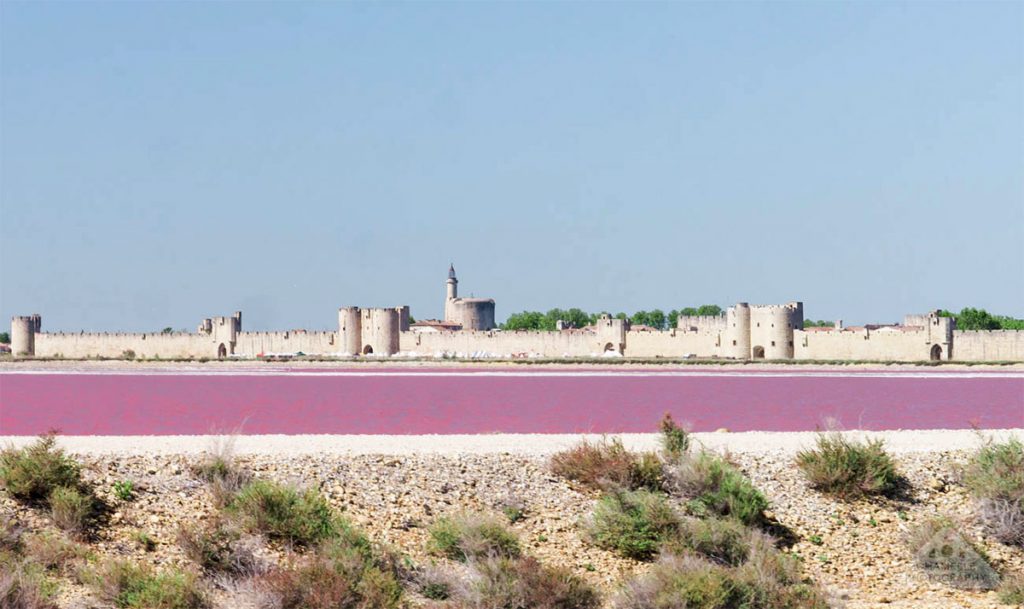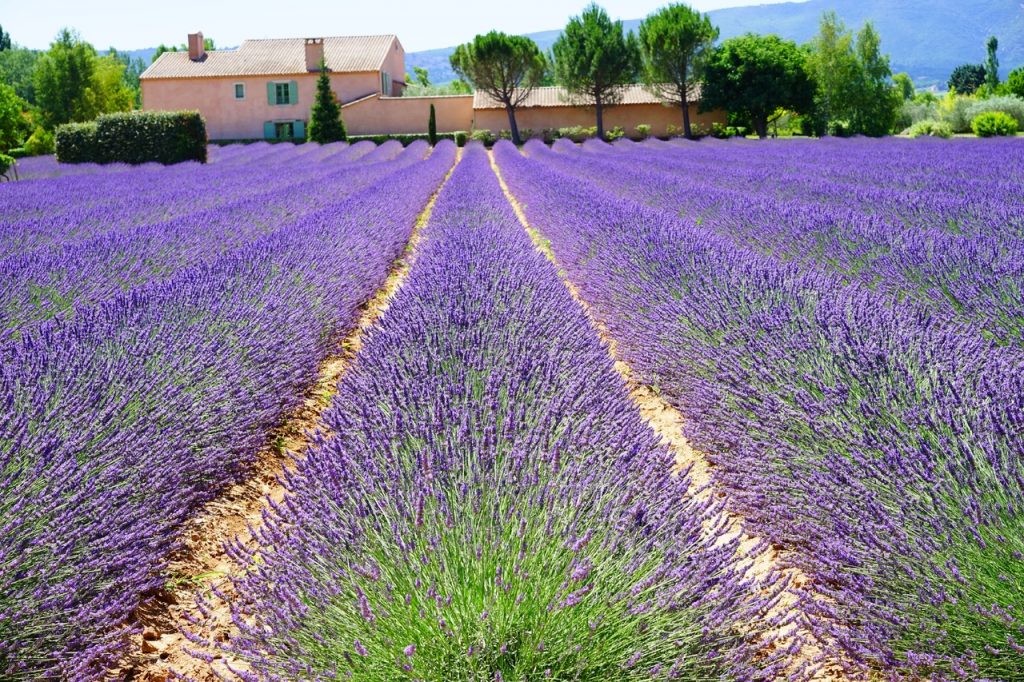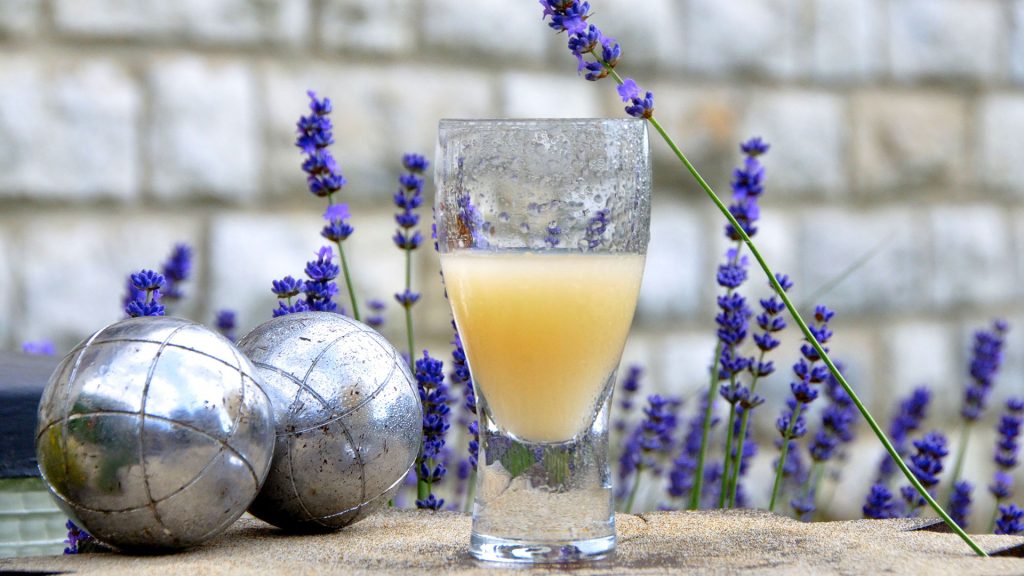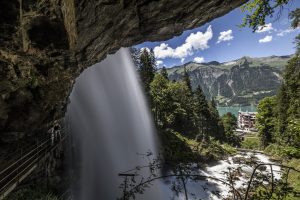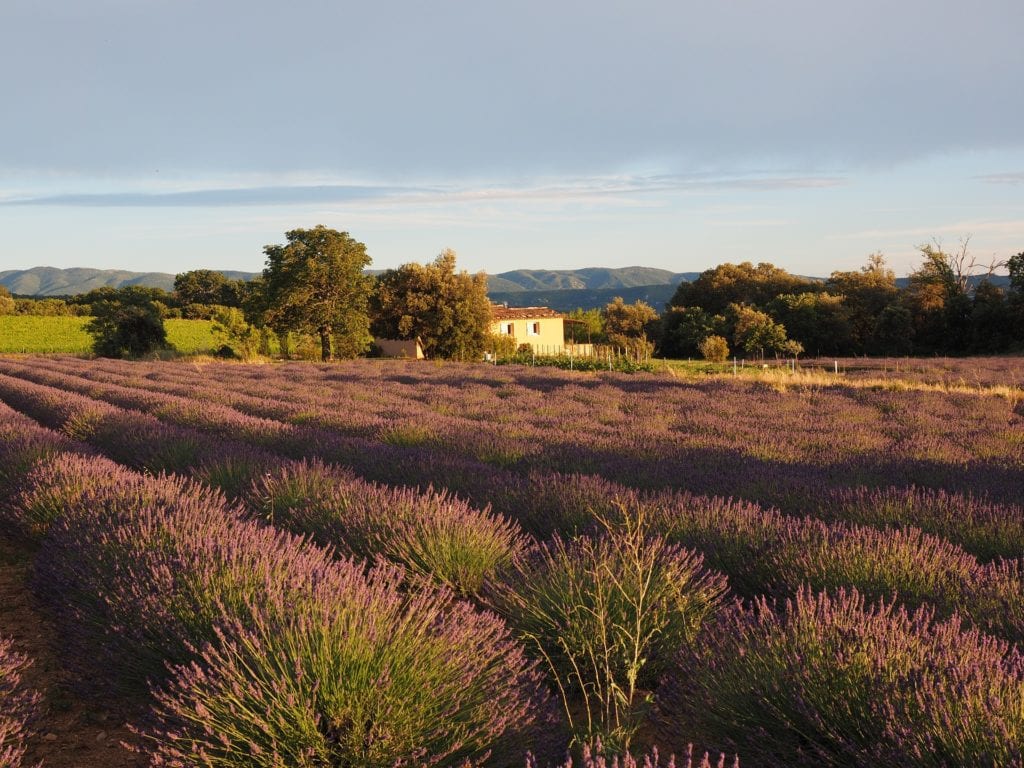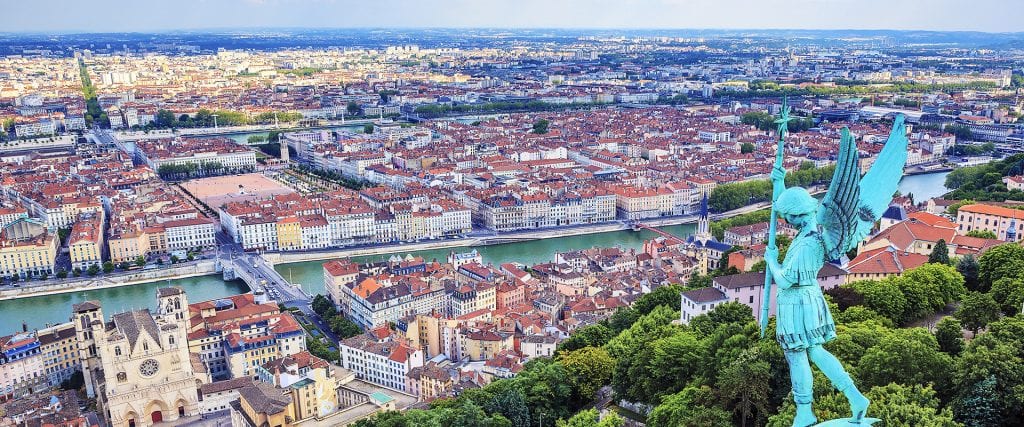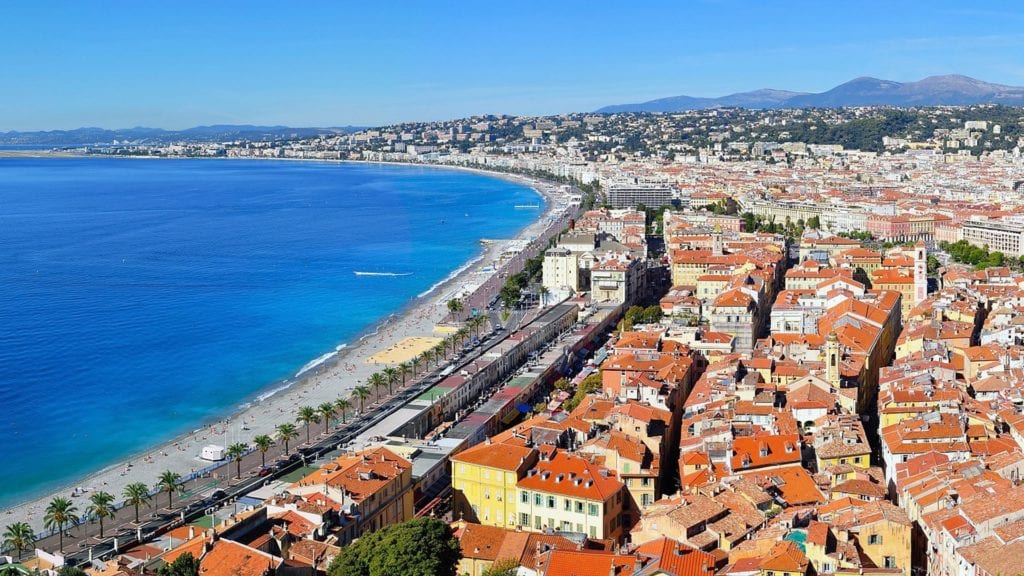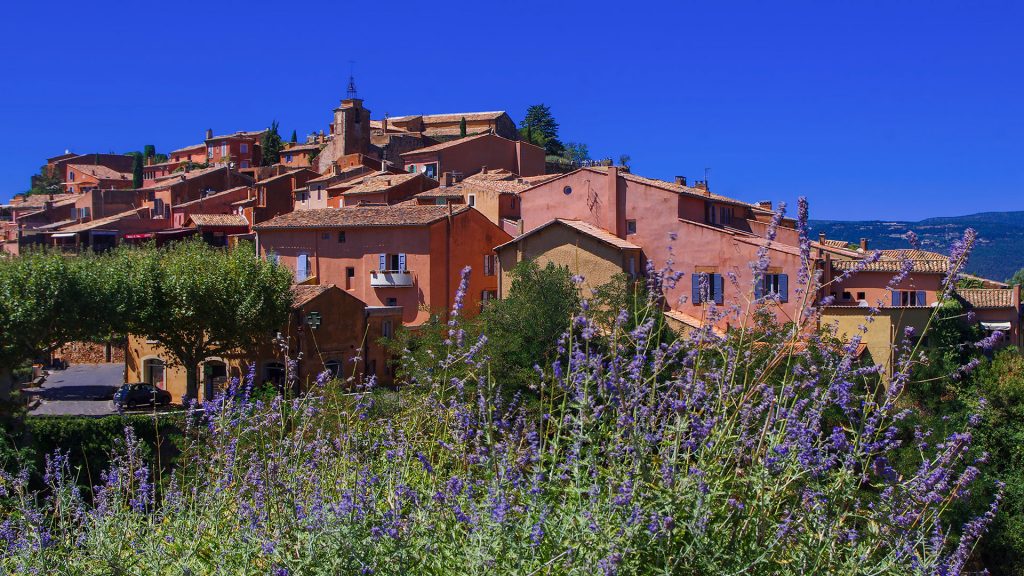
Next Stop: Provence
Located in Southeastern France, this historical province extends down the lower Rhône to the west, the Italian border on the east and Mediterranean Sea to the south.
Provence is a place that seems to sum up all things that are enviable about French life. From the fantastic climate, delicious food, hilltop villages, amazing wines, bustling markets and pastoral landscapes, it is understandable that it is a popular tourist destination.
Explore our suggested Rail Holidays to Provence
Climate: Average temperatures range from a low 5℃ in January to highs of 30℃ in July.
Don’t miss:
Verdon Gorge
Also known as Europe’s Grand Canyon, this natural must-see wonders are located in central Provence. It is 15 miles long, 2000-feet straight down and breathtaking. There is a particular spot along the gorge called the “corniche” which is a stunning circular feature carved out of the rock.
There is a lot to see and do here from boating and kayaking to hill walking and biking. However, if you do not have a head for heights then you can enjoy a stop at the peaceful Lac Ste Croix.
Browse the Markets
Undoubtedly a trip to the market is an essential part of any visit to France. Provençal markets standout with their abundance of fresh produce and flowers. With most markets taking place on a weekly basis there is always somewhere to visit, and it is also a good place to mingle with the locals.
When in these markets you can expect to see a number of different sections, streets and squares, of which are dedicated to flowers, antiques, clothes as well as local fish, bread, pastries, fruit, olive oils and wine. Make sure you also look out for non-food staples of the region such as Savon de Marseille, which is said by many to be the best soap in the world!
Stay in Avignon
Steeped in history, Avignon has a medieval past that has been shaped by religion. In the 14th century, seven successive popes lived here and many hotels here are built with 16th-19th century stone, with heritage façades and bags of character. A trip here is not complete without visiting the Palais des Papes (the Pope’s Palace) and the adjacent Romanesque cathedral. The Palais des Papes is one of the largest and most important medieval Gothic buildings in Europe.
Aigues-Mortes Pink Salt Marshes
Located in the south of France is a region called the Camargue. It is western Europe’s largest river delta, with its vast plains comprising large brine lagoons or étangs which are cut off from the sea by sandbars and encircled by reed-covered marshes.
Here you will also find the Aigues-Mortes salt marshes, which during certain times of the year produce a stunning natural phenomenon. Spanning an area roughly the equivalent size of central Paris, the 7,000 hectares of salt flats produce pink salt, and the intense colour turning the watery marshes a bright fuchsia that photographs brilliantly against a cloudless blue sky.
Lavender Fields
Lavender and Provence are two words that have become synonymous with each other over the years and the beautiful shades of purple and delicate fragrances decorate many fields throughout the summer. The attraction of these lavender fields has become more and more popular, making them a tourist attraction in their own right.
The main lavender fields of Provence are located to the north of Aix-en-Provence and Marseille, and to the east of Avignon. The flowering season in the lowlands begins generally from mid June to mid July, though it can vary slightly from year to year depending on rainfall and temperature.
What to eat: Nougat! Nougat has been made in Provence since the 17th century when almond trees were first planted in the northern part of the area. The traditional nougat has a specific recipe that is tightly controlled. Only those that follow it can call their product ‘Montelimar Nougat’. Nougat tends to be made up of almonds and honey which remains hugely popular, however there are many Nougatiers offering new and interesting combinations.
What to drink: Pastis is almost like a religion in Provence and it is where the best pastis can be found. Originating in Marseille , the drink comprises anise and licorice and typically contains 40% alcohol. It is normally served with water and ice to make it sweeter and longer drink.


